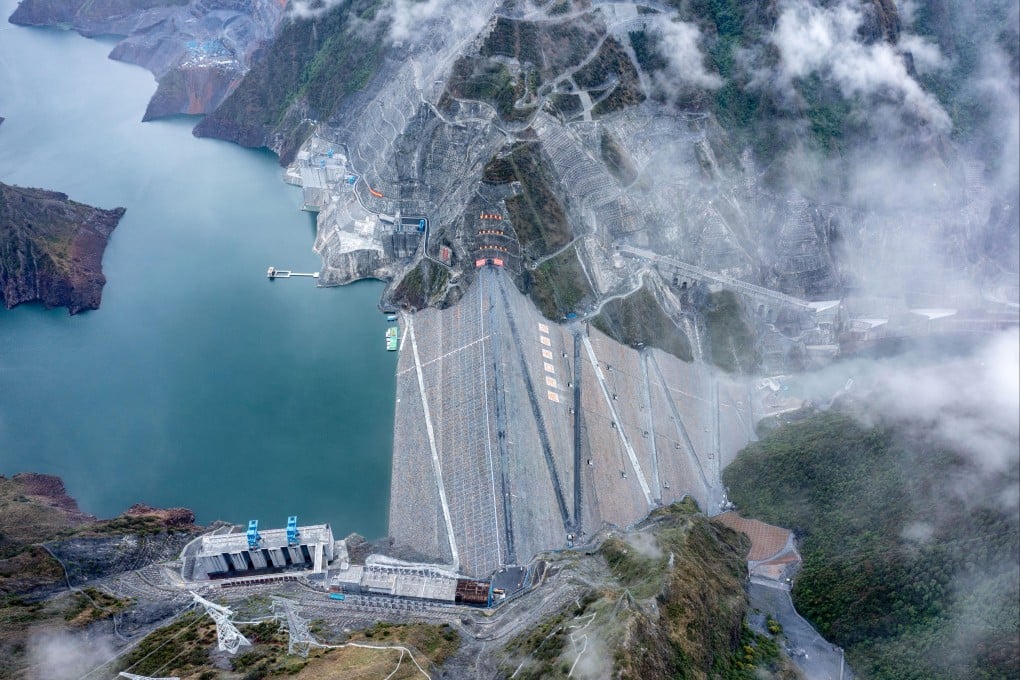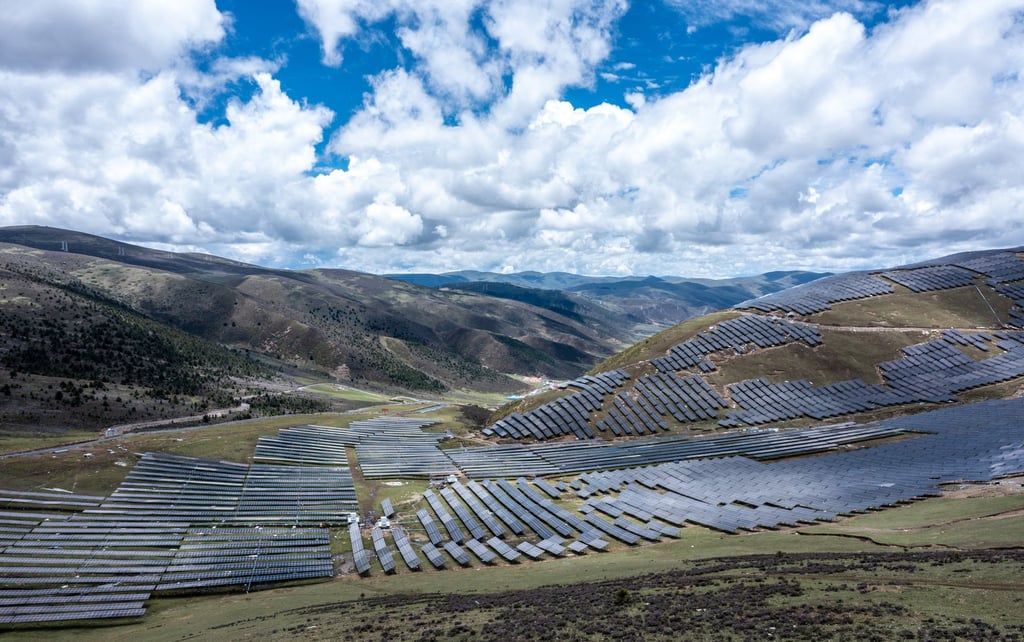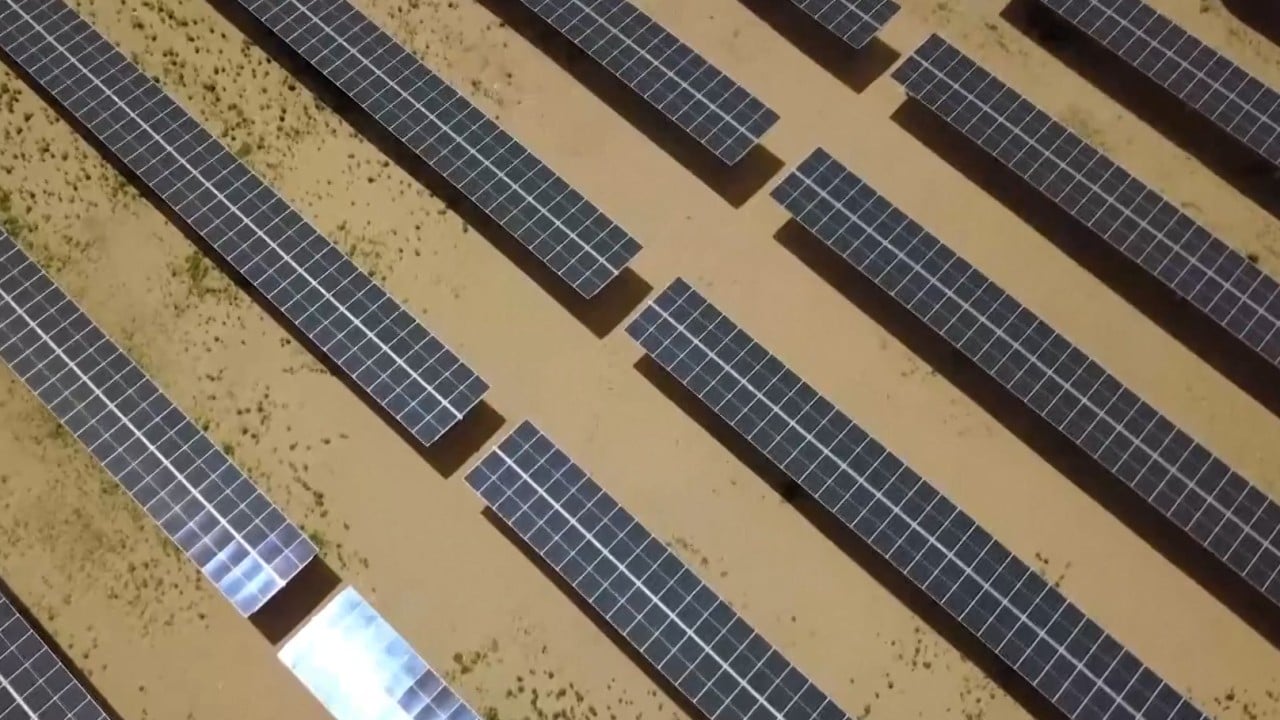Advertisement
In China, world’s largest hybrid solar-hydro plant produces electricity on Tibetan Plateau
- Kela plant in Sichuan is part of a huge renewable production base planned by the Chinese government to generate clean energy for 100 million households
- This technology solves the safe connection of solar power with the grid and prevents wastage, addressing solar power’s inherent dependence on the weather
Reading Time:3 minutes
Why you can trust SCMP
31

Zhang Tongin Beijing
The world’s largest hybrid solar-hydro power plant started producing electricity in the eastern Tibetan Plateau on Sunday, according to Chinese state media reports.
With an installed capacity of 1 gigawatt of solar panels and 3GW of hydropower generators in the Yalong River plateau in Sichuan province, the plant can produce 2 billion kilowatt-hours of electricity annually, equivalent to the energy consumption of more than 700,000 households for a year, according to state media.
The plant is part of a huge renewable production base planned by the Chinese government to eventually generate clean energy for 100 million households – almost equal to the US population – for the length of the 1,500km-long river.

The Kela solar-hydro power plant is on a mountain in Yajiang county, Ganzi prefecture, Sichuan – 4,600 metres (15,000 feet) above sea level and 1,000 metres higher than Lhasa, the highest city in the world – making it the highest-altitude project of its type in the world.
The hybrid solar-hydro design leverages the consistent energy production of hydro power to offset the variability of solar power.
The electricity generated by the solar power station is first transported through power lines to the Lianghekou Hydropower Station 50km (31 miles) away. Then the power generated by the solar and hydro stations are combined and fed into the grid.
This design helps balance fluctuations in solar power, which generates more electricity during the day and less at night and more on sunny days than on cloudy days.
Advertisement
